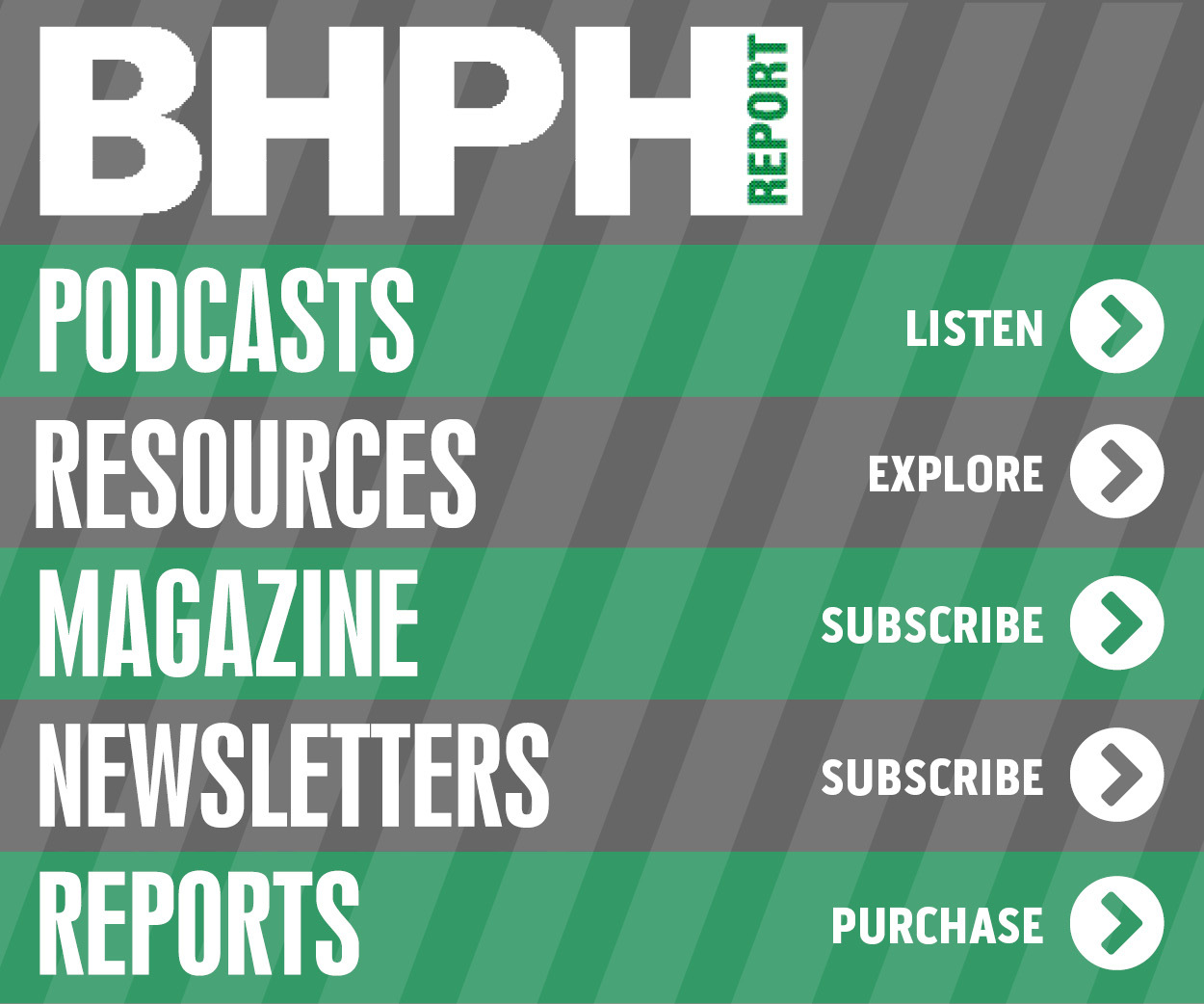CFPB Forecast: 4 Dealer Areas Where Bureau Might Focus

Hudson Cook partner and former CFPB assistant director Rick Hackett delivered the keynote address on Tuesday at AutoStar Solutions’ seventh annual Innovate conference in Grapevine, Texas.
Rick Hackett, former assistant director at the Consumer Financial Protection Bureau and current partner at Hudson Cook, told the crowd of more than 600 attendees at AutoStar Solutions’ seventh annual Innovate conference the four areas of auto lending he believes the CFPB will focus on next year.
As an established expert in auto compliance, Hackett first addressed the fact that the CFPB is indeed interested in buy-here, pay-here dealers in the same way bureau officials are interested in large finance companies.
“Up until now, the CFPB’s only way to investigate a non-bank auto finance source — including buy-here, pay-here dealers and independent lenders — has been civil investigative demands, which are narrow in scope,” Hackett said. “Last week, the CFPB announced plans to extend their oversight by supervising non-bank auto finance sources that make, acquire or refinance 10,000 or more loans or leases per year. That equates to around 38 additional companies. And some of those companies are likely represented here today.”
Hackett then shared where the bureau might turn its attention during the next 12 months, including:
1. Discrimination
2. Credit reporting
3. Ancillary products
4. Compliance management system examinations
Expounding on this list, Hackett said credit reporting accuracy is the responsibility of the furnisher (that is, auto dealers or finance companies), no matter who provides the technology interface.
“You must exercise extreme caution when selecting vendors for credit reporting. Insist they fix known errors,” Hackett said. “If you know of bad service from a vendor, complaining is not enough. It’s all about results.”
Hackett recommended the following steps for selling ancillary products with 100 percent compliance:
1. Make sure your technical disclosures house is in order. This includes truth-in-lending compliance and your state’s disclosure rules.
2. Ensure that voluntary products are truly voluntary and that the consumer understands their cost. Menu selling can help with this.
3. Train and monitor your sales personnel around what “voluntary” really means. If you have one F&I manager with 90 percent penetration on GAP insurance, but your average among other employees is 40 percent, take a closer look at the sales tactics your high performer is using.
4. Use common sense regarding the suitability of each product for each customer. For example, you should not sell GAP insurance to a customer with a 50 percent down payment.
5. Stay consistent with pricing. If you normally charge 100 percent markup, but it can vary up to 500 percent, those variable pricing outcomes look a lot like disguised finance charges to the CFPB.
When asked about complaint management systems, Hackett said it can be hard to distinguish a complaint from a mere inquiry.
“When my clients are developing a complaint management system, I advise that it’s better to be over-inclusive both in establishing categories and in training personnel to identify ‘complaints,’” Hackett said. “The data will later show that many ‘complaints’ are actually questions that are resolved with an explanation and no need for an adjustment.”
Hackett also shared that CFPB enforcement strategy attorneys talk frequently with the industry-specific committees of the National Association of Attorneys General. He said one of their goals is to find cases where the CFPB and attorneys general can tag-team or allocate resources, depending on who possesses the most effective regulatory tools.
In addition to Hackett’s keynote, attendees chose from 87 different classes, including 11 hours of legal and compliance content over the three-day event.
Eric Johnson and Nikki Munro, two of Hackett’s fellow partners at Hudson Cook, led a session outlining how to create a compliance management system. Johnson and Munro cited four interdependent components of a compliance management system:
1. Board and management oversight
2. A compliance program
3. A consumer complaint response program
4. A compliance audit
Johnson and Munro emphasized that dealers and finance companies should pay special attention to fair lending and UDAAP (Unfair, Deceptive or Abusive Acts or Practices in the collection of consumer debts).
Aimee Szygenda of law firm McGlinchey Stafford hosted a class on credit reporting, where she shared what to report and what to do if it’s questioned. Szygenda reminded attendees that the CFPB expects furnishers of credit reporting to review “all relevant information” in connection with disputes. This means documents sent to them by the credit reporting agencies as well as the furnisher’s own information, including the original application in some cases.
In a class led by Dennis LeVine of law firm Dennis LeVine & Associates, attendees got answers to 20 common questions about how to operate when a customer files bankruptcy, as well as strategies for protecting the creditor’s interest in the vehicle.
LeVine explained that, in most states, if a creditor repossesses the debtor’s car before he files bankruptcy, the creditor must return the vehicle promptly after learning of the bankruptcy filing. However, if a debtor sends a payment after filing bankruptcy, the creditor can keep it.
Steve Levine, chief legal officer of AutoStar Solutions, and Bill Denius of law firm Killgore Pearlman presented a class on why dealers get sued and how to avoid legal troubles.
During the session, they cited their self-proclaimed “first law of litigation,” which states that if you sue enough customers, one is bound to sue back. “One counterclaim can wipe all victories,” Levine said. “So make sure your file is in order, and conduct a thorough cost-benefit analysis before suing a delinquent borrower.”
Levine also listed several ways to avoid lawsuits, including embracing transparency, tracking and learning from complaints, and investing in customer service.
“It all boils down to the culture of a dealership or finance company,” Levine said. “Culture is the rudder that steers the ship, and you want your business headed in the right direction.”

 View The Latest Edition
View The Latest Edition

